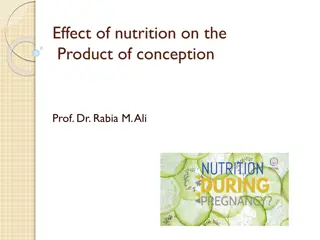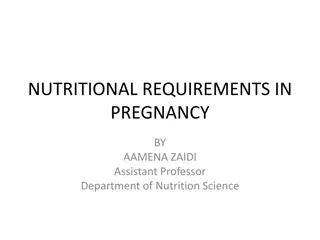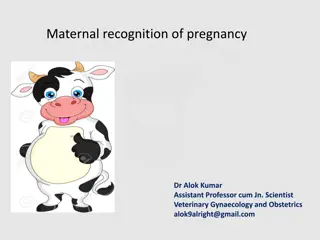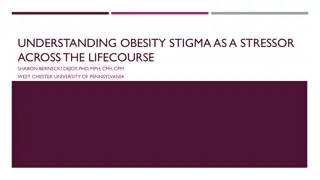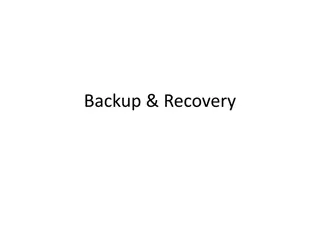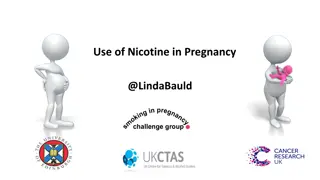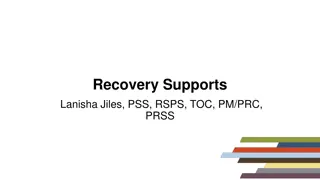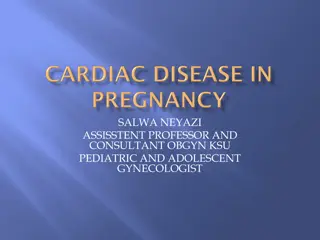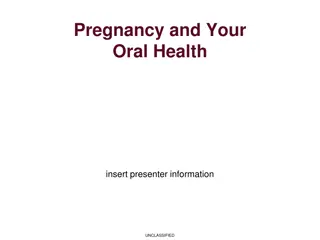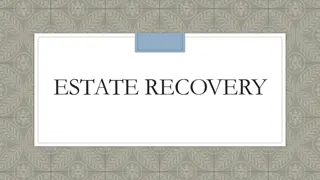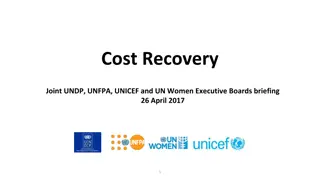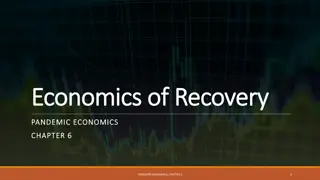Building a Recovery and Pregnancy Centered Team
Incorporate peers, doulas, and contingency management into your team for enhanced support and care during recovery and pregnancy. Explore the role of peers, doulas, and combined care models to provide holistic assistance. Understand the importance and benefits of integrating these elements to create a well-rounded team.
Download Presentation

Please find below an Image/Link to download the presentation.
The content on the website is provided AS IS for your information and personal use only. It may not be sold, licensed, or shared on other websites without obtaining consent from the author.If you encounter any issues during the download, it is possible that the publisher has removed the file from their server.
You are allowed to download the files provided on this website for personal or commercial use, subject to the condition that they are used lawfully. All files are the property of their respective owners.
The content on the website is provided AS IS for your information and personal use only. It may not be sold, licensed, or shared on other websites without obtaining consent from the author.
E N D
Presentation Transcript
BUILDING A RECOVERY AND PREGNANCY CENTERED TEAM INCORPORATING PEERS,DOULAS, AND CONTINGENCY MANAGEMENT INTO YOUR TEAM
motivator and cheerleader ally and confidant truth-teller role model and mentor problem solver resource broker advocate community organizer lifestyle consultant a friend Role of a PEER Medical care provider Case Manager Therapist Sponsor Priest/Clergy NOT a PEER'S role
OPERANT CONDITIONING Something is added to increase the likelihood of a behavior Something is removed to increase the likelihood of a behavior Mail-in-voting Flossing after having a cavity filled Reinforcement Positive Reinforcement Negative BOGO, Loyalty cards WHAT is CM Positive Punishment Negative Punishment Something is added to decrease the likelihood of a behavior Something is removed to decrease the likelihood of a behavior Fines/fees Loss of driver's license, Jail/Prison
Something is added to increase the likelihood of a behavior Positive Reinforcement Operant Conditioning in Substance Use Disorder Intoxication, Concurrent use, Reward prediction error Treatment: CM, Exercise MOUD agonist, therapy
Something is removed to increase the likelihood of a behavior Withdrawal, Cravings Reinforcement Negative Operant Conditioning in Substance Use Disorder Treatment: MAT
Positive Punishment Something is added to decrease the likelihood of a behavior Operant Conditioning in Substance Use Disorder Treatment: DUI classes, Probation, Drug Court Negative Punishment Something is removed to decrease the likelihood of a behavior Treatment : mandated Residential treatment, Jail/Prison, Loss of license
Using positive reinforcement to reward a behavior, hoping to replace a related negative behavior Using the same pathway in the brain that initially started the substance use process Evidence supported outcomes Lack of other treatment options WHY CM
Long-term efficacy of contingency management treatment based on objective indicators of abstinence from illicit substance use up to 1 year following treatment: A meta- analysis Ginley, M. K., Pfund, R. A., Rash, C. J., & Zajac, K. (2021). OUTCOMES Results: The overall likelihood of abstinence at the long-term follow- up among participants who received CM versus a comparison treatment (nearly half of which were community-based comprehensive therapies or protocol-based specific therapies) was OR = 1.22, 95% confidence interval [1.01, 1.44], with low to moderate heterogeneity (I = 36.68). Among 18 moderators, longer length of active treatment was found to significantly improve long- term abstinence.
Comparison of Treatment Course Opioids Stimulants MOUD available and offered to address withdrawal and cravings No FDA approved MOUD to encourage treatment, therapy and recovery support mainstay of treatment Accessing treatment MOUD increased to effect of no further substance use, therapy can be introduced Must endure withdrawal and cravings while trying to engage with treatment Stabilizing in treatment 60% or more retention at 1 year with MOUD Without CM retention rates are less than 50% at a year Remaining in treatment CM, a crucial adjunct treatment to buy time
Step 1: Choose the model that fits for your clinic BUILDING YOUR CM PROGRAM Voucher-Based Reinforcement Therapy Fishbowl Method Reward every behavior every time Continued behavior changes is incentivized by growing rewards, resulting in greater cost Preferred by patients Potential to delay reward for a larger reward Every behavior has the potential to be rewarded Continued behavior changes isincentivizedby growing rewards, cost is controlled by odds Often preferred by payers Requires immediate reward If you have seen one CM program, you have seen one CM program Step 2: Choose your rewards Cash/Debit Card Gift cards Goods/Food/Services Reward closet vs Scheduled receipt with escalating value Hybrid of multiple above



